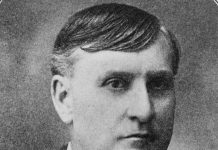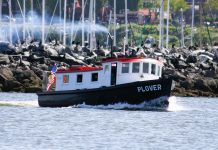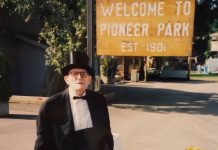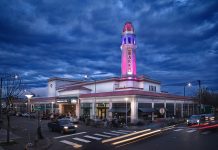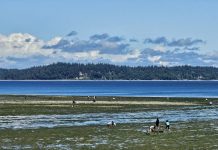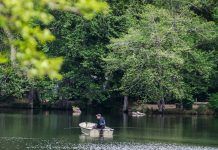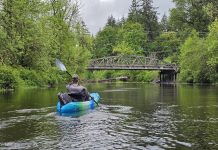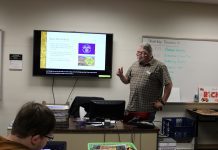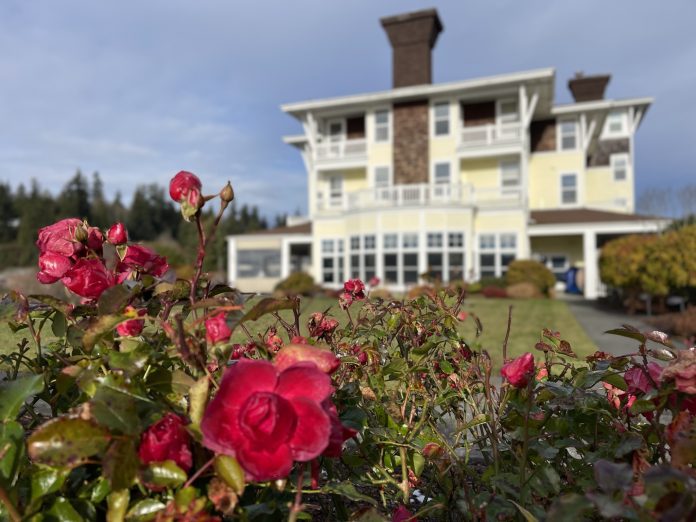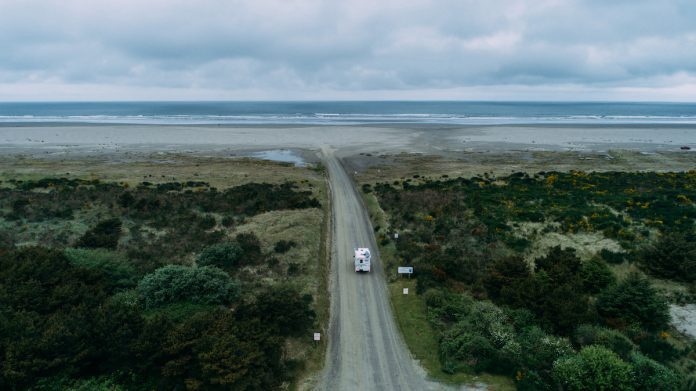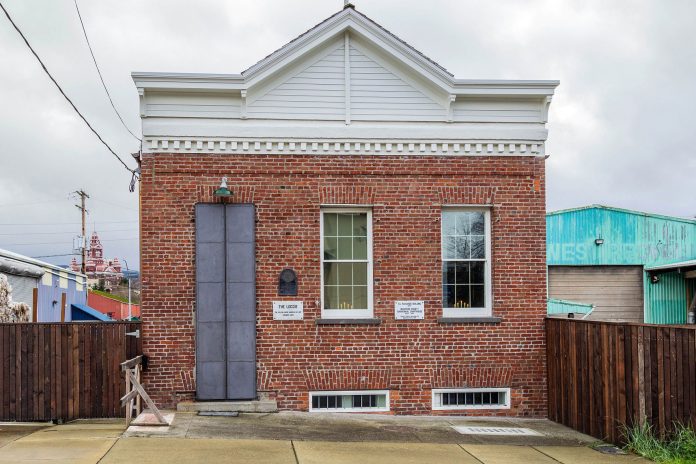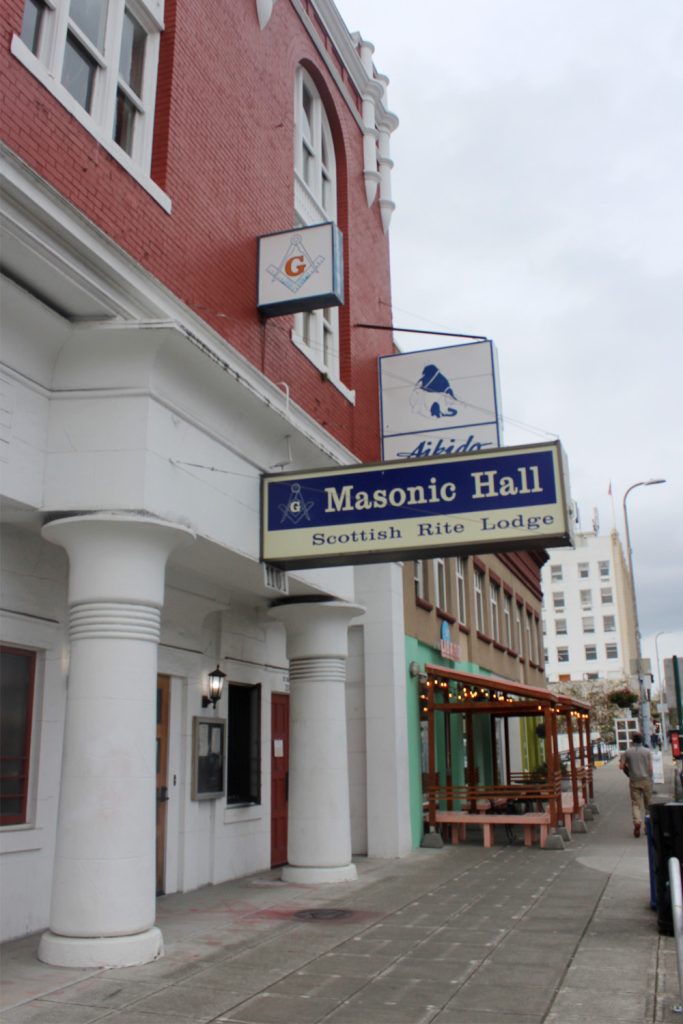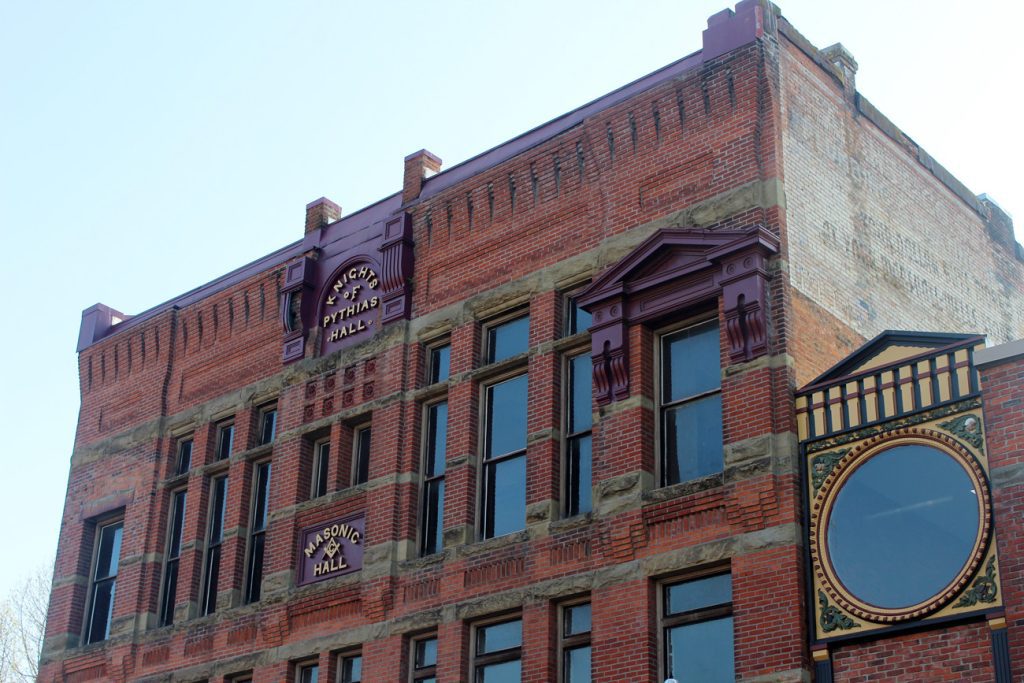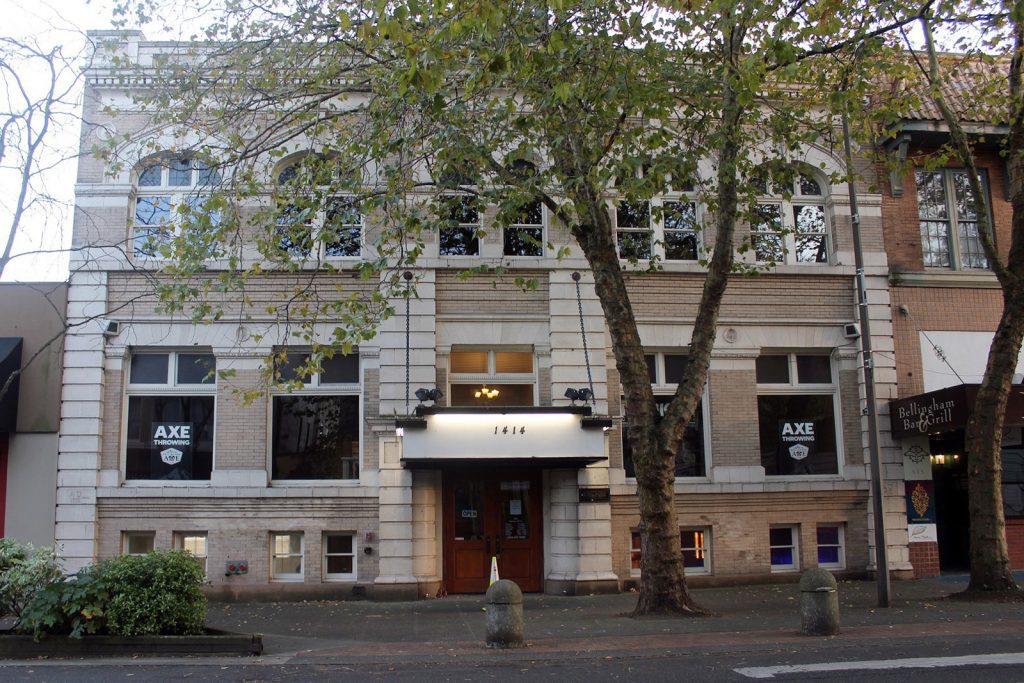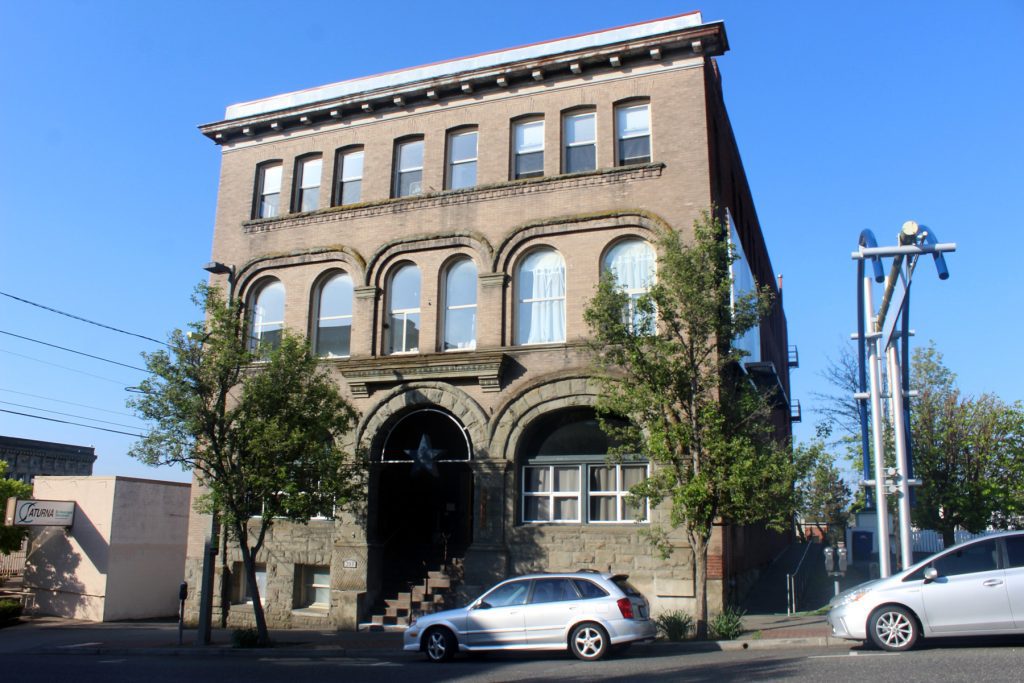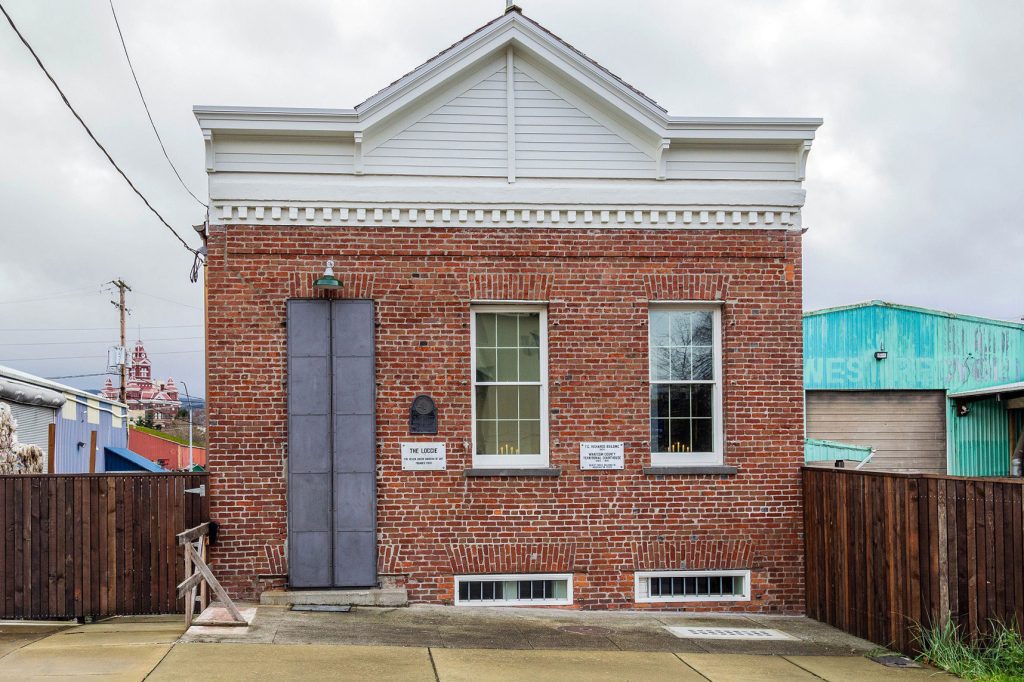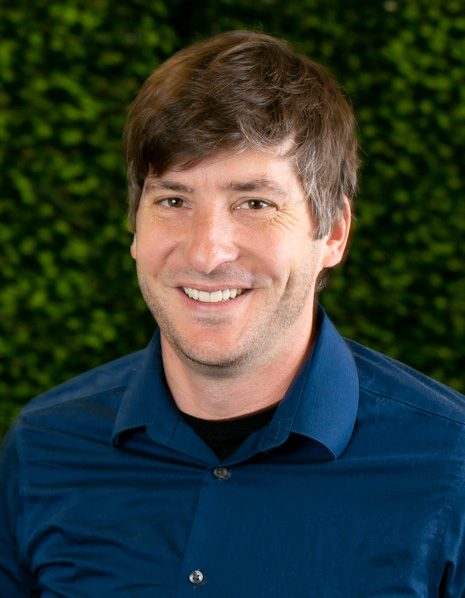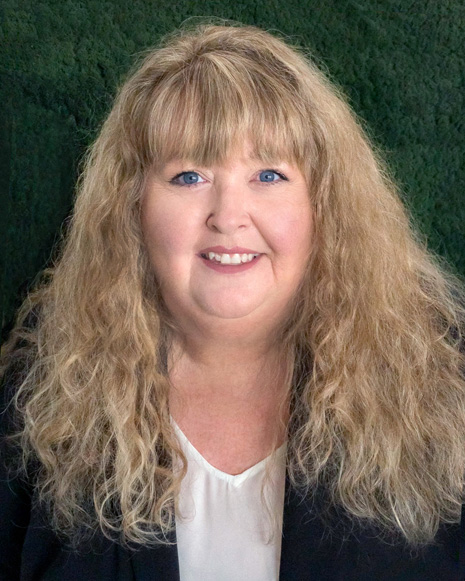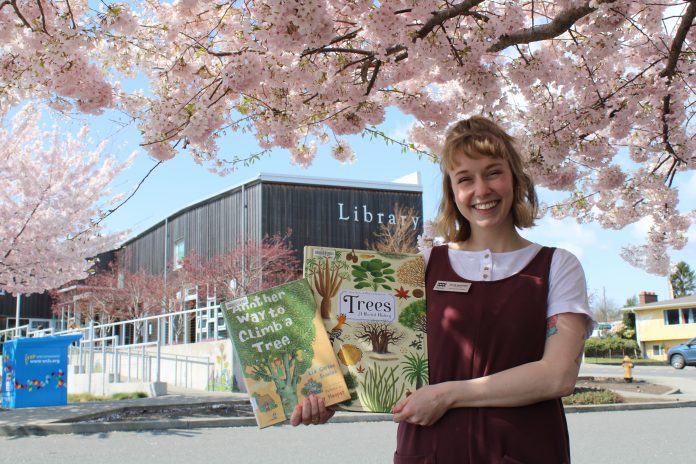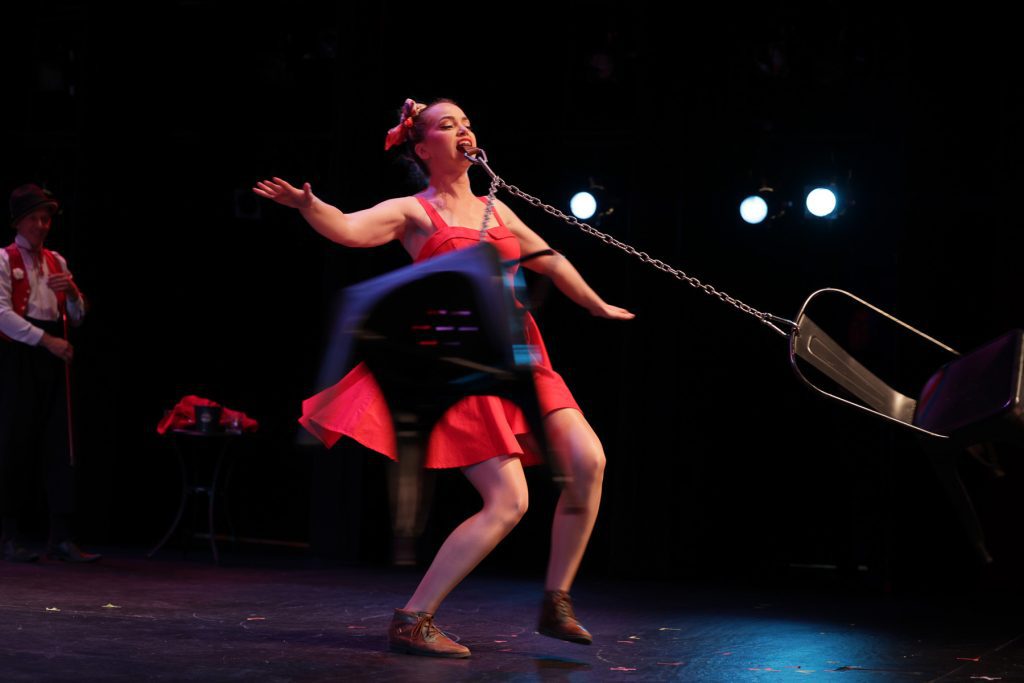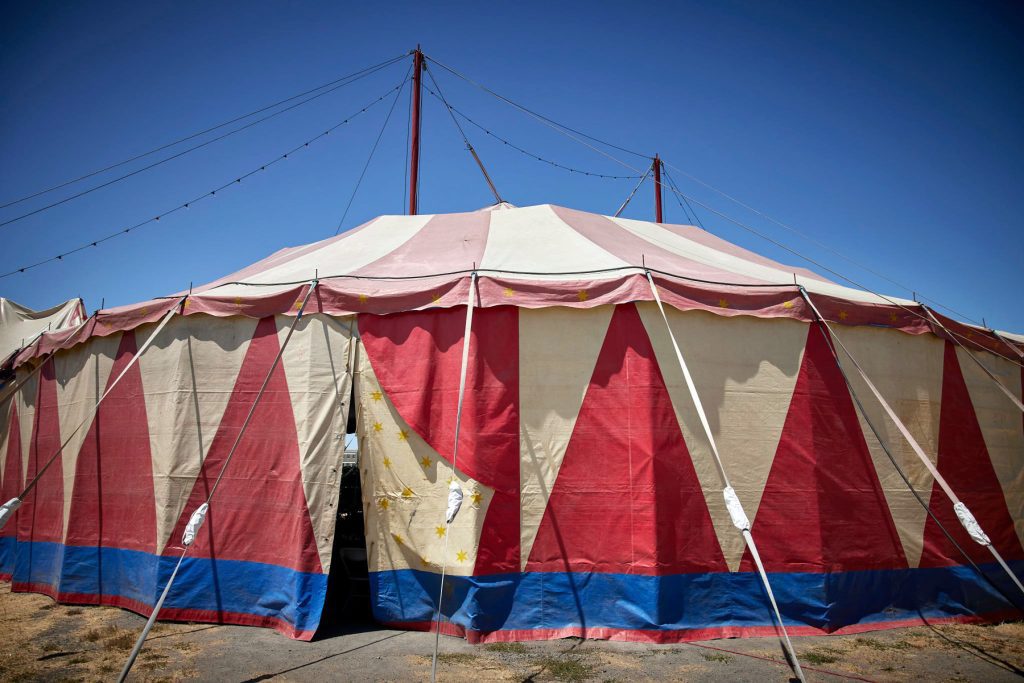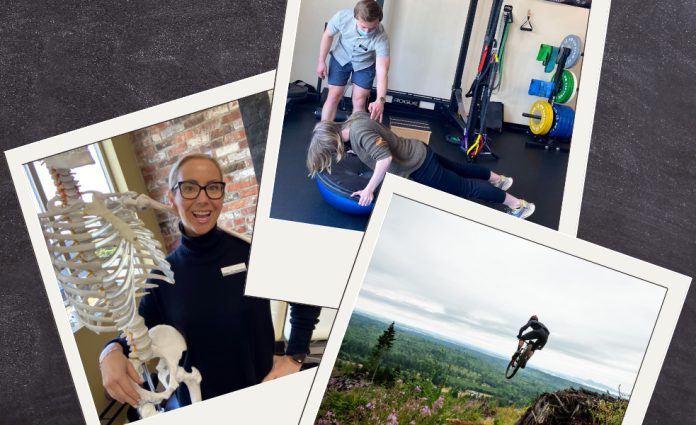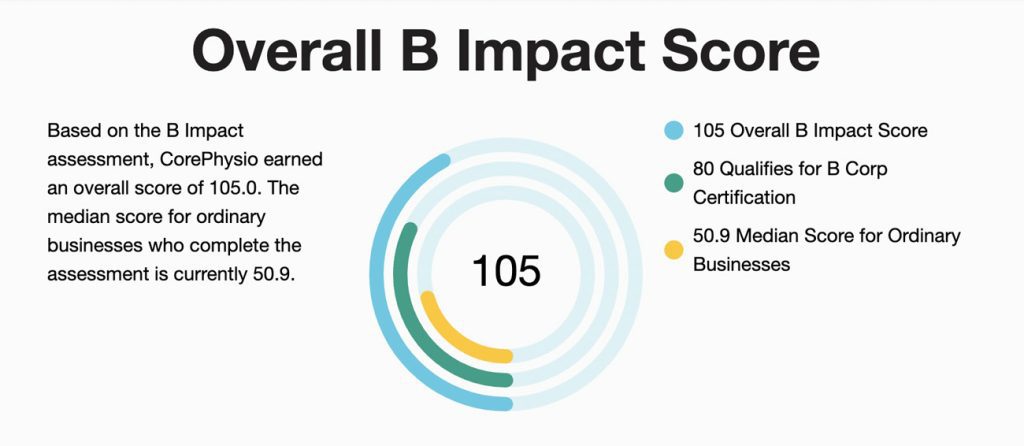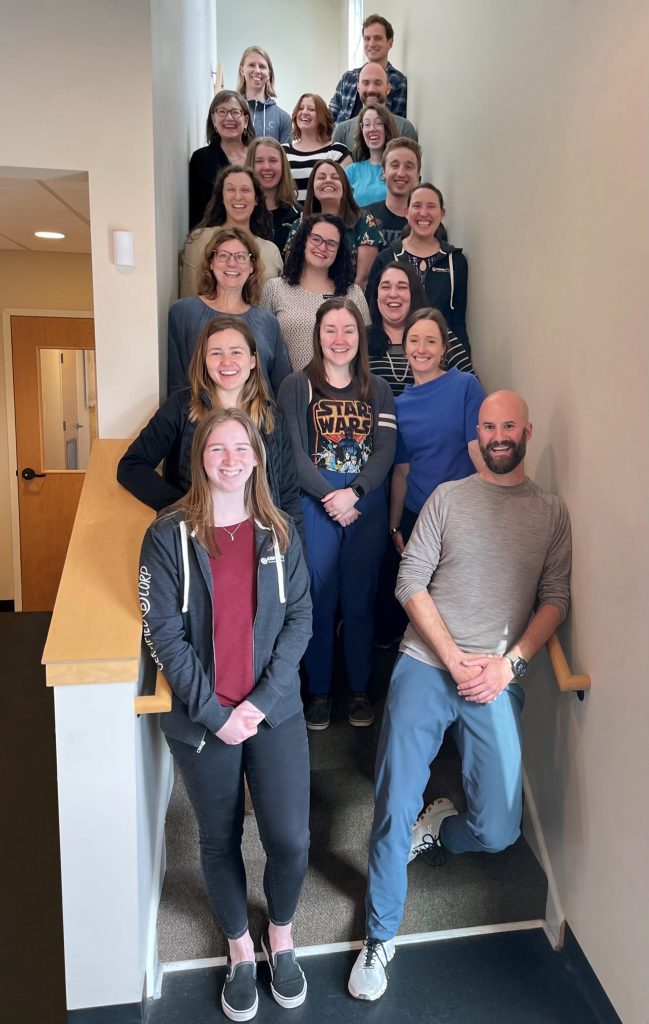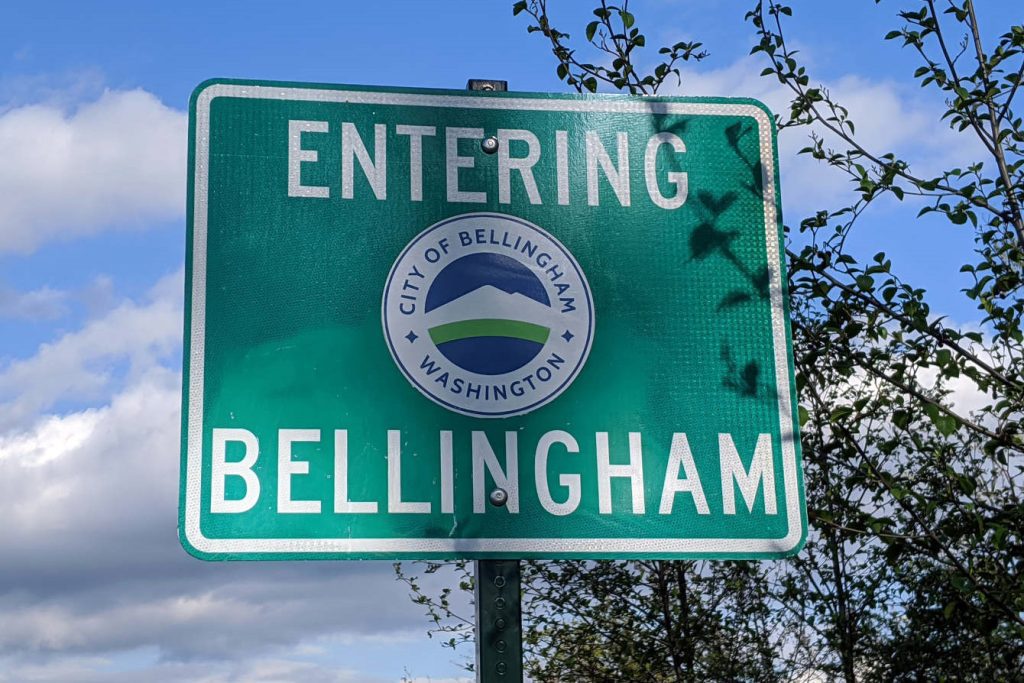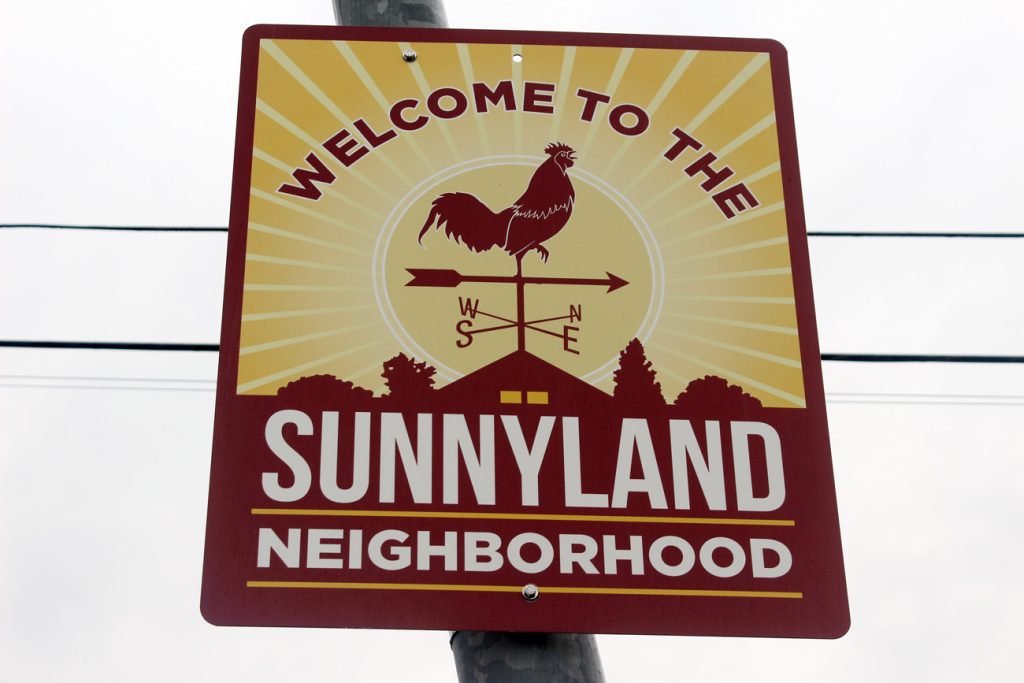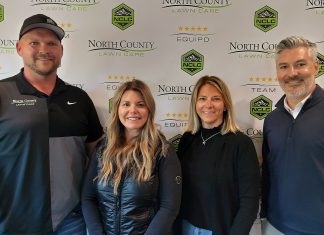Looking for an exceptional experience when planning a stay on the waters of the Olympic Peninsula? The Resort at Port Ludlow has thought of everything and welcomes guests year-round for a vacation that will inspire joy and renewal. Whether planning a romantic getaway for two or booking a solo trip for some much-needed nourishment and self-care, this boutique inn will win your heart.

Beauty, hospitality, farm-to-table dining, golf, nature connection, spa services and access to Pacific Northwest maritime culture attracts visitors both locally and from afar. Customize your stay with a resort package, pack your overnight bag and venture towards the calming waters of the Puget Sound. The Olympic Mountains will greet you from your private balcony overlooking the marina.
Hospitality and Amenities Offered at Port Ludlow Resort
Upon arrival, the friendly hospitality staff will welcome you and assist with any local attractions and vacation planning you might consider. Make sure to ask about e-bike rentals and pick up a printed map of the surrounding hiking and biking trails for outdoor adventure and forest bathing around the Olympic Peninsula. The resort is pet friendly, however call in advance to check the availability of pet-friendly rooms.
A Washington wine, champagne or charcuterie plate are available to order and be delivered to your guest room. Each suite offers a gas-fireplace and oversized jetted jacuzzi. The lotions, hand soaps and bath salts are handmade locally by Townsend Bay Soap Company. Upon waking, brew a cup of coffee from local roasters, Whidbey Coffee and watch a sunrise overlooking the bay from your private balcony.
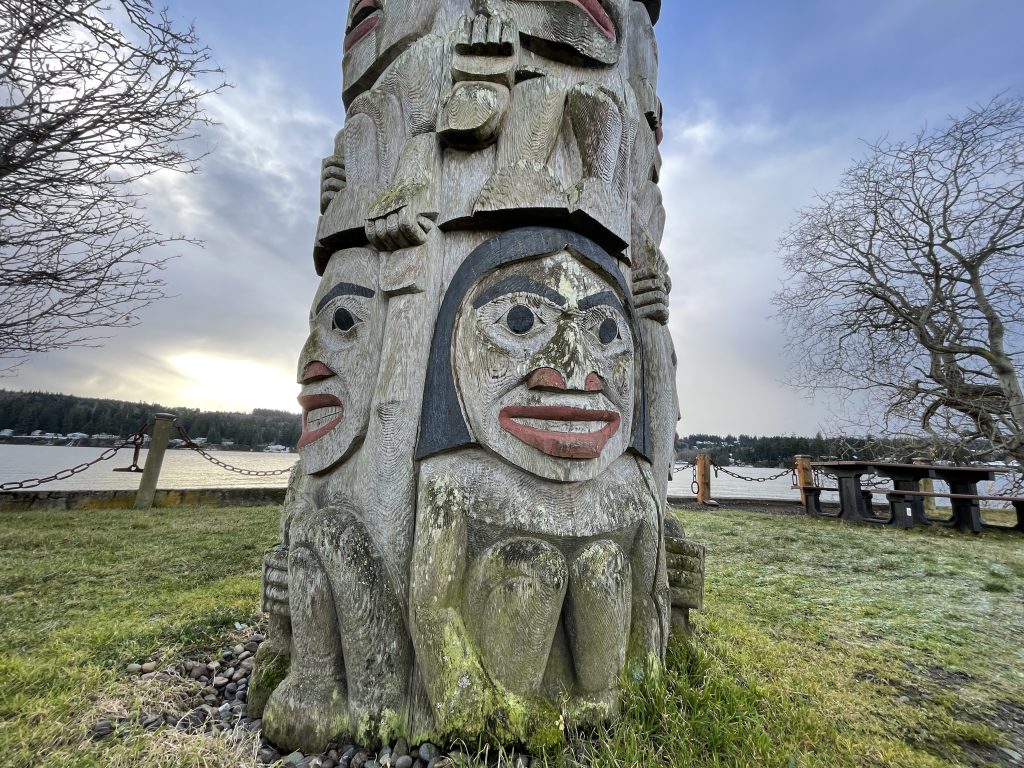
The Fireside Restaurant located onsite values partnerships with local farmers and fisherman to provide a true farm-to-fork dining experience. With over a decade of service as Executive Chef, Chef Dan’s culinary team offers a new dinner and happy hour menu every evening. Breakfast and lunch menus change seasonally. The atmosphere is warm and inviting with a centrally located fireplace to enjoy the award-winning cuisine.
What To Do at Port Ludlow Resort
The Olympic Peninsula is an all-season vacation destination with a variety of nature-inspired offerings that will energize visitors. The 18-hole Championship Golf Course located at Port Ludlow offers views of Hood Canal, the Olympic and Cascade mountains as well as Ludlow Bay. The Port Ludlow Marina & Store offers rentals for kayaking and stand-up paddle boards as well as other watercraft vessels.

After a robust brunch — available on the weekends at the Fireside Restaurant — take a half-mile walk around the Beach Loop Trail located just outside the back door. Observe the 40-foot totem pole that tells the story of Port Ludlow and take in the views of the marina. After a day of activity, wind down with a spa service from Ludlow Bay Massage & Wellness Center located one-mile north of the resort.
Vacationers can spend a full weekend without leaving the property or take a self-guided tour of the many Chimacum Valley farms. One of the local favorites is Finnriver Farm & Cidery, which offers organic and wild-crafted cider on tap. Check out their event calendar for pop-up food vendors such as Little Spruce Creperie, serving up French inspired crepes, Nautilus Foods Ramen, Moonlight Oysters and Fiddlehead Creamery as well as live music nights held in their charming pavilion.

For more information about traveling throughout the Olympic Peninsula, visit Enjoy the Olympic Peninsula website.






